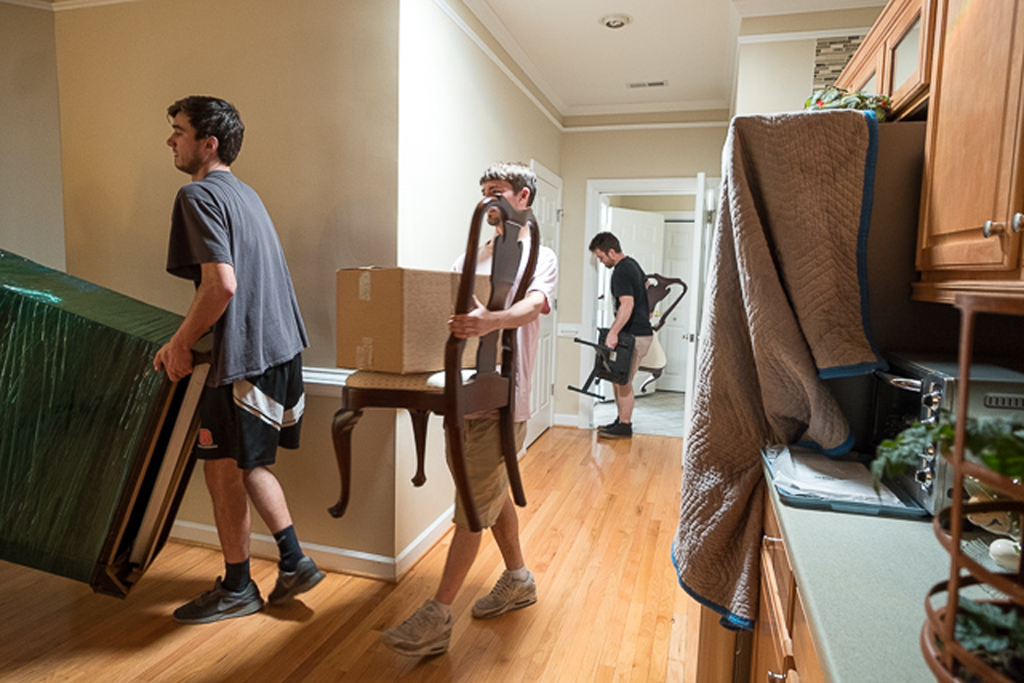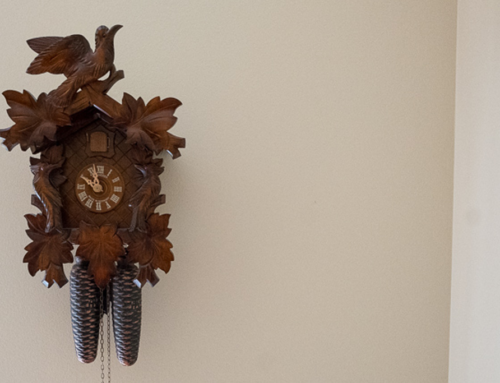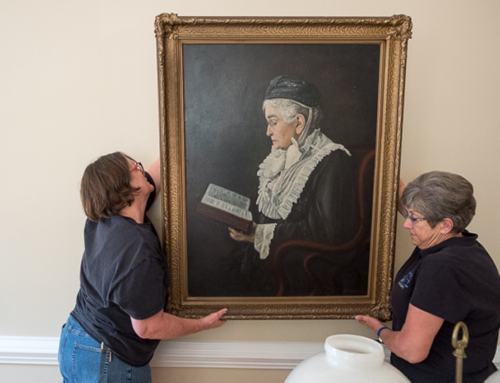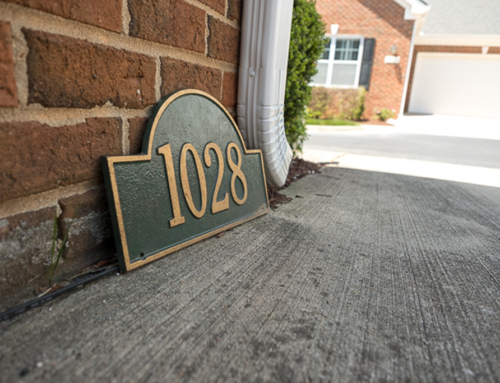I spent nearly 20 years working in museum exhibitions. A number of my projects involved collections and traveling exhibitions. I remember countless meetings around the floorplans, object placement, size of doorways and pathways to and from loading docks. We once moved Luke Skywalkers’ hovercraft through the museum and up a wench two floors into the traveling exhibition space since it literally wouldn’t fit through the door. Planning ALWAYS pays off.
Other than plan plan plan, two universal truths have surfaced recently in our projects that translate from the museum world to the world of senior move management: #1. Know your pathway. #2. If you pick it up, know where you are going to put it down.
I’ll concentrate just on pathways in this blog.
If you know me you know that I ping-pong ideas between micro and macro and the physical world and the emotional/mental world. If something is true on the micro level, does it work on a universal scale, etc.?
“Pathways” came to mind after a very difficult move from a high rise to another high rise just 3 blocks away. You would think going three blocks is a piece of cake. But with the originating apartment and the destination apartment both on the 30th floor, the pathway was 3 times longer! Vertical pathways do not move as quickly as horizontal ones, especially with an elevator operator who gets off at 4:00! We underestimated our pathways and how much time the roadblocks in the pathways would drain away time. Lesson learned!
On another job, 2 years ago we encountered the unexpected situation that the freight elevator was under emergency repairs and the movers had to use the passenger elevator. Gulp! The upright piano went on the elevator on its side and the mover assured the client that it would survive the 16-floor descent in good condition, but, I’ll tell you now, there is something that tugs at your mind when you see a piano on its side. Pathway is unpredictable even with meticulous planning.
The pathway is important as well from an accessibility perspective. We have many clients who use the backs of chairs and tables as touchstones along their walk through their homes, needing a place to steady themselves. In space design I talk a lot about destinations (rooms, conversation areas) and about transition places (hallways, doorways). Pathways are sometimes like negative space in a drawing: it is there, but not really there. Be sure to see the pathways in the plans.
In museums, if you are carrying an object from one place to another, you must have a clear defined pathway – this goes for moving a priceless vase (think storage shelf to an exhibition case) to moving the Challenger Spacecraft (think pathway from the airport where it landed to the California Science Center and all the traffic lights and electrical lines in-between). Throw rugs, half-packed boxes, packing paper on the floor, tool boxes, grocery bags, recycling bins, are all things that we have cleared out of the way so the pathway is clear. Pathways must be clear from anything that will trip up you, your staff, or your clients.
I think a lot about the mental pathways we create for our clients and the blocks they create for themselves.
We are constantly simplifying and simplifying the processes and the list of items we move. That is why those clients who have all the “exceptions” to the rules have such a hard time moving. They are throwing karmic roadblocks into the pathway – “everything except the blue and flowered china” “the kitchen in under construction still, you can’t unpack yet.” “We are swapping the coffee tables in the den with the one in the living room, along with 12 other items we are shuffling.” Our pathways become crossed!
Senior Move Management jobs are about accepting and then removing the blocks in the pathways our clients encounter when moving from here to home. Mental blocks, physical bumps in the road, and the physical and emotional burdens of what our clients are carrying with them. We want to make the path less stressful. Fear, anxiety, excuses, and egos are all things that we have cleared out of the way so the pathway is clear from anything that will trip us up.
We may not be trailblazers, but we are wonderful, caring path-clearers.






